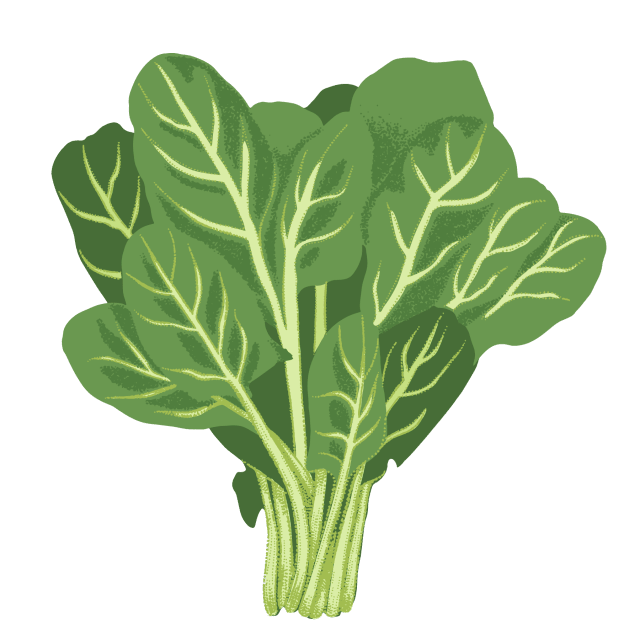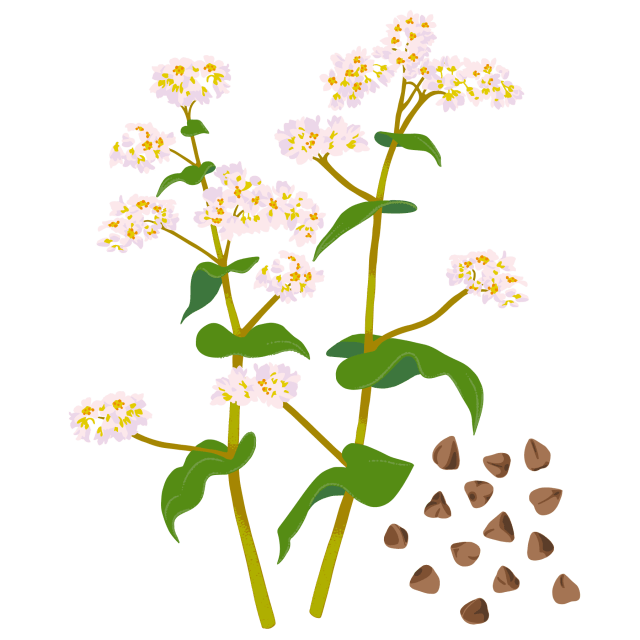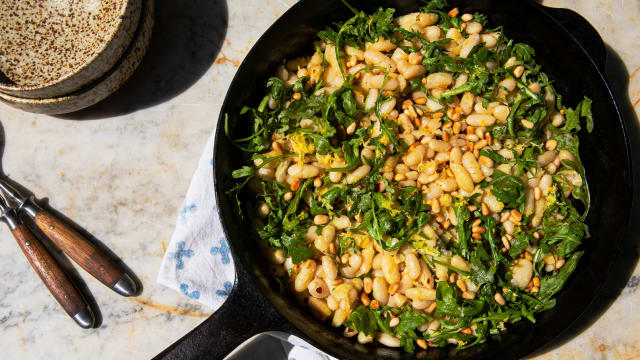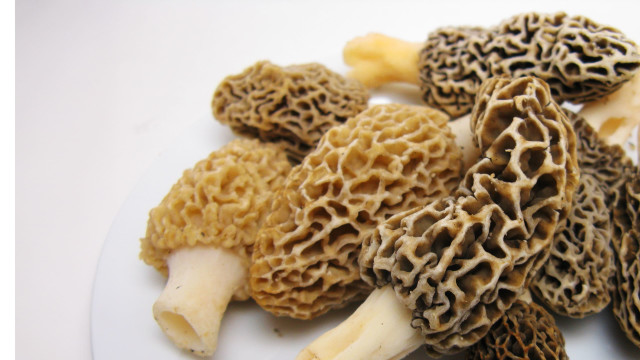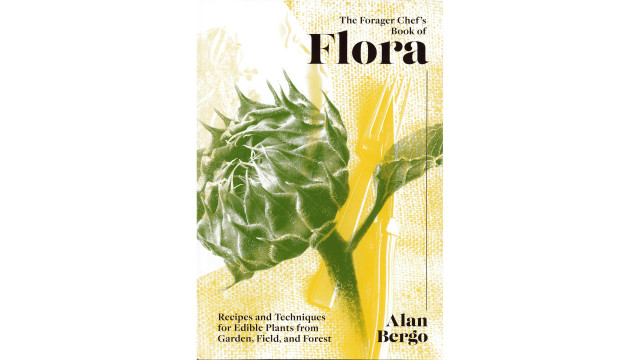Amaranth

Latin name: Amaranthus caudatus, A. cruentus, and A. hypochondriacus
Other names: pigweed
Uses: grain, vegetable
What is amaranth?
Because it isn’t a grass, amaranth is not a true cereal — it’s related to spinach and beets — but its tiny seeds have been used as a staple grain for millennia. Until relatively recently, amaranth was one of those obscure grains you could only find at health food stores, but now this ancient pseudocereal is everywhere from pasta to snack bars to cereal boxes. In addition to the seeds, amaranth leaves can also be eaten.
Why is amaranth healthy?
Amaranth is a complete protein, containing all nine essential amino acids, and its protein content averages nearly double the amount found in rice and corn. In addition to fiber, antioxidants, and minerals (particularly manganese, magnesium, phosphorus, and iron), it contains lunasin, a peptide believed to have anti-inflammatory and cancer-preventive benefits.
What does amaranth taste like?
Amaranth has a nutty, slightly sweet flavor and stays a bit crunchy when cooked (the seeds are too small to remove the hulls). The flour adds a malty nuttiness to baked goods, and when popped it tastes a lot like popcorn. Amaranth leaves have a spinach-y flavor and texture when cooked.
How do I use amaranth?
Because it’s a small grain, amaranth cooks quickly. Stir cooked or toasted amaranth seeds into bread dough and other baked goods to add protein and texture, or add a spoonful to hearty soups and stews to thicken. Pop amaranth like popcorn and add it to cookies and snack bars, sprinkle it on salads, or just munch it as a snack.
The greens aren’t widely available commercially, but they’re used in a variety of Asian, Caribbean, and African dishes where they’re called callaloo, like the dish. Amaranth greens can be fermented for kimchi, stir-fried with sesame oil, used in dal, or cooked with black beans.
What does amaranth pair well with?
Amaranth also works well in porridge-type applications, and as such is wonderful with warm milk, sweet spices, fruits, and nuts. You can also use an amaranth as you would use coarse cornmeal for polenta or grits — try cooking it soft and topping with a tomato-y vegetable ragù. Or take inspiration from the Aztecs and spoon on mole-sauced cubes of roasted pumpkin, then sprinkle toasted pepitas and crumbled cotija on top.
Where does amaranth grow?
Amaranth is native to the Americas; Aztecs, Mayans, and the Inca grew amaranth along with maize as a staple crop. It grows like a weed, and is often treated like one in North America, because it handily outgrows and overtakes other agricultural crops. It is widely cultivated in Africa and Asia, especially areas with poor growing conditions.
How to buy amaranth:
The grain should smell fresh and nutty, not musty or rancid. If you find fresh greens, they should be bright and not wilted.
Fun amaranth fact:
For thousands of years, Aztecs sculpted a thick paste of amaranth and honey into skulls for their Dia de los Muertos observances before sugar skulls became the norm, and bowls of amaranth seeds are still used as an offering to ancestors.


